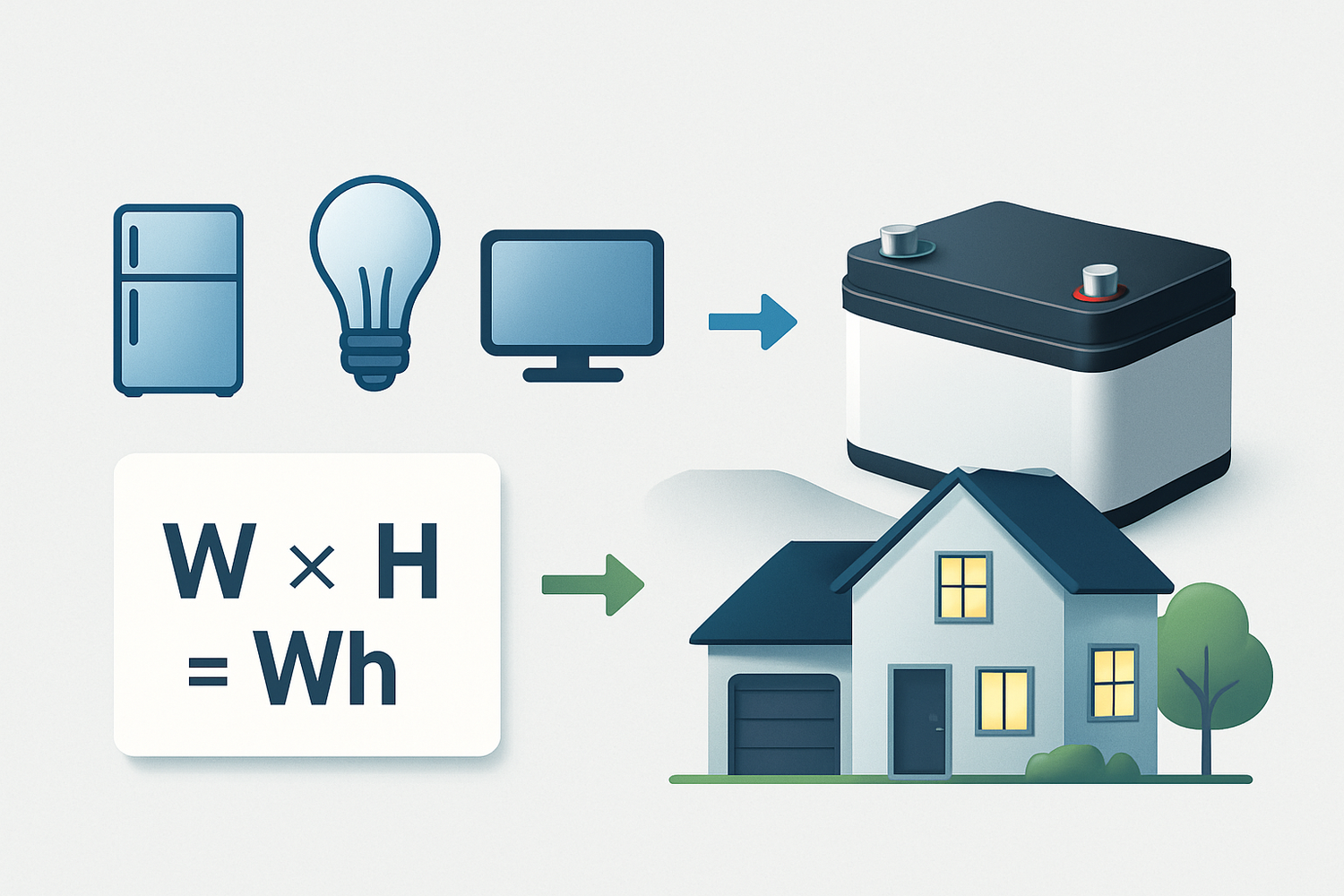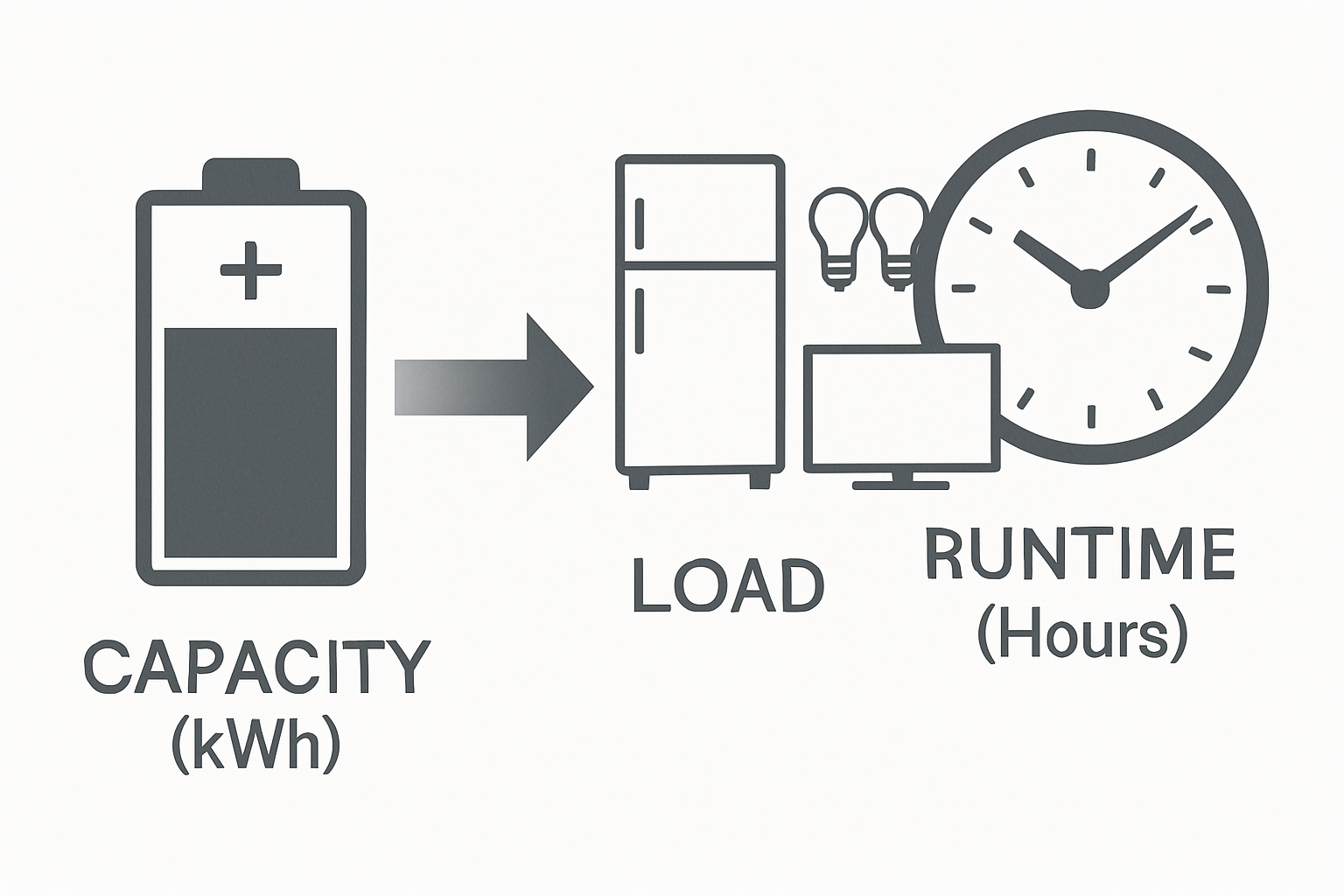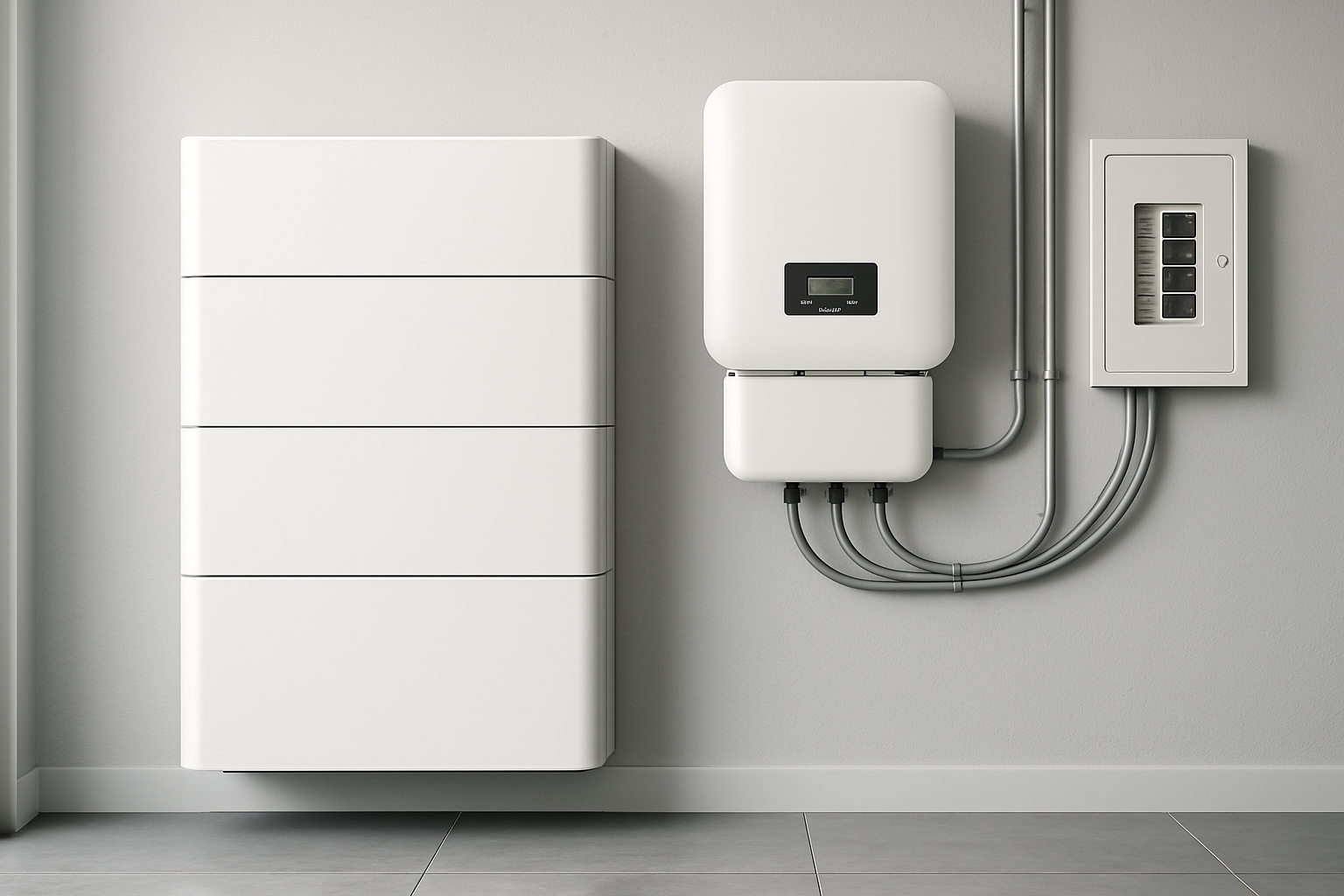Achieving energy independence starts with a solid plan. For any home or business considering a battery storage system, the most critical step is understanding your electricity needs. Proper load planning ensures your system is not only effective but also cost-efficient. It prevents you from overspending on excess capacity or, worse, finding yourself without power when you need it most. This process gives you a clear blueprint for designing a system that delivers reliable power day and night.
Understanding Your Energy Consumption: The First Step in Load Planning
Before you can size a battery, you must know how much energy you use. This involves looking closely at your daily habits and the appliances that power your life. A detailed analysis is the foundation of an efficient energy storage solution.
How to Conduct an Energy Audit
An energy audit is a systematic review of your power consumption. Start by examining your monthly utility bills to find your average daily electricity usage in kilowatt-hours (kWh). For a more detailed view, you can use a plug-in energy monitor to measure the consumption of individual appliances. Note which devices run constantly and which ones are used intermittently. Also, identify periods of peak usage, which often occur in the morning and evening.
Differentiating Between Essential and Non-Essential Loads
Next, categorize your appliances into essential and non-essential loads. Essential loads are critical for safety and comfort, such as refrigerators, well pumps, medical equipment, and basic lighting. Non-essential loads are devices you can live without during a power outage, like entertainment systems, coffee makers, or workshop tools. This distinction is vital for creating a backup power plan that prioritizes what matters most and extends your battery's runtime.
Calculating Your Daily Watt-Hour Needs
To calculate your total energy requirement, you need to determine the watt-hours (Wh) each appliance consumes daily. Use this simple formula: (Appliance Wattage) × (Hours Used Per Day) = Daily Watt-Hours. You can find the wattage on the appliance's label or in its user manual. Sum the watt-hours for all essential devices to get your total daily energy load. The table below lists common household appliances to help you get started.
| Appliance | Typical Wattage (W) | Estimated Hours of Use Per Day | Daily Energy (Wh) |
|---|---|---|---|
| Refrigerator | 150 W | 8 | 1200 Wh |
| LED Lights (per bulb) | 10 W | 6 | 60 Wh |
| Laptop | 65 W | 5 | 325 Wh |
| Wi-Fi Router | 10 W | 24 | 240 Wh |
| Sump Pump | 800 W | 0.5 | 400 Wh |
| Television | 100 W | 4 | 400 Wh |
| Microwave | 1200 W | 0.25 | 300 Wh |
Sizing Your Battery Bank for Optimal Performance
With your load calculations complete, you can now determine the right size for your battery bank. This step involves more than just matching your total watt-hours; it requires considering battery chemistry, system efficiency, and your desired level of energy security.
Key Metrics: Capacity, Depth of Discharge (DoD), and Cycle Life
Three key metrics define a battery's performance. Capacity, measured in kilowatt-hours (kWh), is the total amount of energy the battery can store. Depth of Discharge (DoD) is the percentage of the battery's capacity that can be safely used. Cycle Life refers to the number of charge and discharge cycles a battery can endure before its capacity degrades significantly. High-performance batteries, such as those with Lithium Iron Phosphate (LiFePO4) chemistry, offer a high DoD (often 90% or more) and a long cycle life, providing more usable energy over a longer lifespan.
The Sizing Calculation: From Load to Battery Capacity
To size your battery, you need to account for DoD, system voltage, and desired autonomy (the number of days you want to run on battery power without recharging). A simplified formula to find the required Amp-hours (Ah) is: (Total Daily Wh) / (DoD × System Voltage) = Required Ah. For example, if your daily load is 3000 Wh, you want one day of autonomy, and you are using a 48V system with a battery that has a 90% DoD: (3000 Wh) / (0.90 × 48V) = 69.4 Ah. You would need a 48V battery with at least 70 Ah of capacity.
The Role of Solar Input
Your solar array's ability to recharge the batteries is a crucial factor. The amount of energy your panels produce depends on their wattage and the number of peak sun hours in your location. A properly sized solar array should be able to fully recharge your battery bank while also powering your daytime loads. As detailed in the Ultimate Reference for Solar Storage Performance, a balanced relationship between your solar generation and storage capacity is key to a resilient and efficient system. Underestimating solar input can lead to chronically undercharged batteries, shortening their lifespan.
Integrating Inverters and System Components
A battery is just one part of a complete energy storage system. The inverter and other components must be correctly matched to your battery bank and loads to ensure safe and efficient operation.
Choosing the Right Inverter
The solar inverter converts the direct current (DC) electricity from your batteries and solar panels into alternating current (AC) electricity that your home's appliances use. Your inverter must be able to handle your maximum simultaneous load (continuous power rating) and the initial startup demand of large appliances like motors (surge rating). Hybrid inverters are an excellent choice for grid-tied systems, as they can manage power from the grid, solar panels, and batteries simultaneously.
System Voltage: 12V, 24V, or 48V?
The system voltage—typically 12V, 24V, or 48V—affects system efficiency and cost. While 12V systems are common for smaller, simpler setups, 48V systems are more efficient for larger applications like whole-home backup. Higher voltage systems experience less energy loss and allow for the use of thinner, less expensive copper wiring, which can lead to significant cost savings on installation.
The Importance of a Battery Management System (BMS)
A Battery Management System is the brain of your battery bank, especially for lithium-based chemistries like LiFePO4. The BMS is a critical safety feature that protects the battery from overcharging, deep discharging, and extreme temperatures. It also balances the charge across individual cells, maximizing the battery's performance and extending its lifespan. A quality battery will always have an integrated BMS.
Future-Proofing Your Energy Storage System
Your energy needs may change over time. Designing a system with the future in mind ensures it remains a valuable asset for years to come. This involves planning for potential load growth and choosing scalable components.
Planning for Load Growth
Consider your future plans. Are you thinking of buying an electric vehicle, adding an air conditioner, or expanding your home? It is wise to size your system with a buffer of 20-25% to accommodate future increases in your energy consumption. This foresight prevents the need for a costly system overhaul down the road.
Scalability and Modular Systems
Choose a battery system that is modular and scalable. Many modern energy storage solutions allow you to add more battery units in parallel to increase your storage capacity as your needs grow. This flexibility allows you to start with a system that fits your current budget and expand it later without replacing major components like the inverter.
The Evolving Grid and Policy Landscape
The energy sector is undergoing a rapid transformation. According to the Electricity Storage Valuation Framework from the International Renewable Energy Agency (IRENA), energy storage is a key solution for building a more flexible and reliable grid. Additionally, government policies are increasingly supporting the adoption of renewable energy. The International Energy Agency's World Energy Investment 2023 report notes that policies like tax credits can significantly reduce the upfront cost of installing a battery storage system, making energy independence more accessible.
Your Path to Energy Independence
Careful load planning is the blueprint for a successful battery storage system. By taking the time to analyze your consumption, understand the key technical specifications, and plan for the future, you can design a system that provides lasting value. This methodical approach empowers you to take control of your energy, reduce your reliance on the grid, and enjoy the peace of mind that comes with a reliable power source. A well-planned system built with high-quality components is a powerful step toward achieving true energy independence.
Frequently Asked Questions About Load Planning
How long will my battery storage system last?
The lifespan of a battery storage system is typically measured in cycles. High-quality LiFePO4 batteries are often rated for several thousand cycles, which can translate to 10 to 15 years or more of reliable service, depending on usage and operating conditions. A proper installation and an integrated Battery Management System are crucial for maximizing longevity.
Can I add more batteries to my system later?
Yes, if your system is designed for scalability. Modular battery systems and certain types of inverters allow you to add more storage capacity in the future. It is important to discuss this possibility during the initial design phase to ensure your selected components are compatible with future expansion.
What is the difference between AC-coupled and DC-coupled systems?
The difference lies in how the battery connects to the solar array. In a DC-coupled system, power flows directly from the solar panels to the battery without being converted to AC first, which is generally more efficient for new installations. As explained in research on power optimization technology, DC-coupled systems can be more efficient because they require only one inverter. An AC-coupled system is often used to add batteries to an existing solar PV installation, as it connects to the AC side of the system and uses its own inverter.





Leave a comment
All comments are moderated before being published.
This site is protected by hCaptcha and the hCaptcha Privacy Policy and Terms of Service apply.